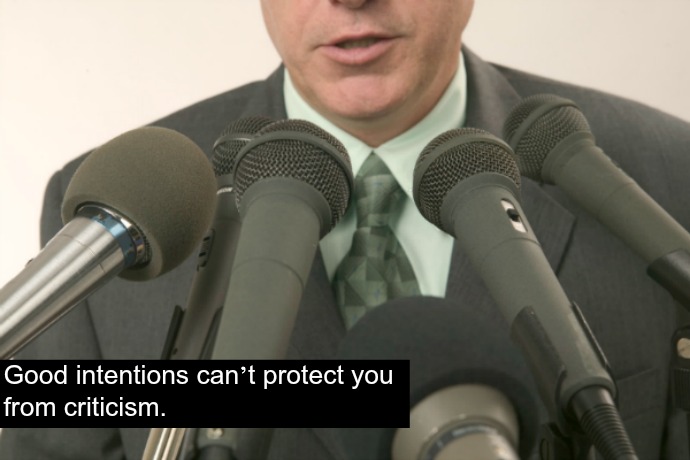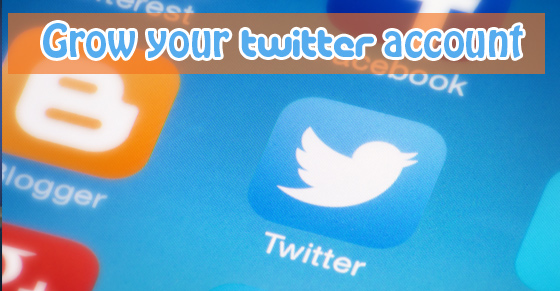 Criticism sucks. No getting around it. Regardless of how good your intentions or how crazy the critic, it never ceases to be a punch to the gut.
Criticism sucks. No getting around it. Regardless of how good your intentions or how crazy the critic, it never ceases to be a punch to the gut.
Here’s the thing: Good intentions can’t protect you from criticism. (Tweet this!)
As you may know, I survived a near-fatal brain aneurysm rupture and wrote a book about it to be a voice for brain injury survivors, as well as help anyone bounce back from crisis. I stripped the most vulnerable and scariest time in my life naked to help others.
Even with hundreds of heartwarming reviews and private emails from people who told me how my book inspired and informed them, it’s the outlying nasty comments that stick with me:
Behold this one, where the reader completely misunderstood my intentions: It might have been a good story, but…the constant bragging about herself got old. I made it right to the point where she was talking about her beautiful hair and how people were either jealous or downright hated her for it and deleted it off of my device.
Or this puzzling one which I don’t even get: I am happy for your recovery, but it was not because you had your college education which you seem to think makes you superior.
Or this one criticizing my writing (yes, I did hire an editor!): She needs to ask for an editor, several items are touched upon at least twice, it becomes annoying and it makes you feel like a terrible person when you are not rooting for her but begging for the end
Or this one where I strangely felt the need to apologize for not being close enough to death for her: Interesting story well told, but not terribly exciting or suspenseful.
And one that made me (and my husband) laugh out loud:
It’s her husband who deserves all the credit for pulling their lives back together.
Check out this past post, which is oh so relevant to how you can respond to criticism in your work or life. And this one for why you absolutely need to take a deep breath and ask for feedback, even if it might be negative.
But here’s my question to you: Should you silence the critics?
No. But treat criticism like a pot of pasta you are draining for dinner. Release the water and keep the good stuff!
Here are 4 ways to filter criticism when it strikes:
Take what’s valid and leave what’s not: I agree with some of the feedback saying the writing rambled a bit. And it was useful to learn what some people would have preferred to hear more about or how they would have liked it structured. This is something I’m constantly working on and, even with an editor, this can always be improved for my next book.
Focus on the good feedback: Who loved it? Who did it inspire, change, transform? Those people are your tribe. Don’t diminish the impact your work DID have.
Recognize they have their own lens: The strange comment about me thinking I’m better than anyone because I went to college (mentioned in the book to point out how confusing and complex medical information can be for anyone, even those with a college degree) is perhaps rooted in this woman’s deep bitterness about never going or maybe someone very arrogant held it over her head at one point in her life. I can’t change that perspective no matter what I do.
Let go: The “red hair” story was part of a larger lesson in identity: brain injury can rob people of many unimportant physical, emotional or cognitive traits that used to define them. The point was lost on this reader. And that’s okay. What am I going to do: find everyone who ever read my book and make sure they understood exactly what I was trying to say?! That seems a tremendous waste of energy better devoted to new creations and inspirations. (PS: I have to applaud Goodreads for making a note next to low ratings that asks the author to take a breath and not respond to the comment in anger!).
And I’ll say it again: Good intentions can’t protect you from criticism. (Tweet this!) Learn how to take what works and ditch the rest!
Image Credit: www.audio-luci-store.it via Flickr



